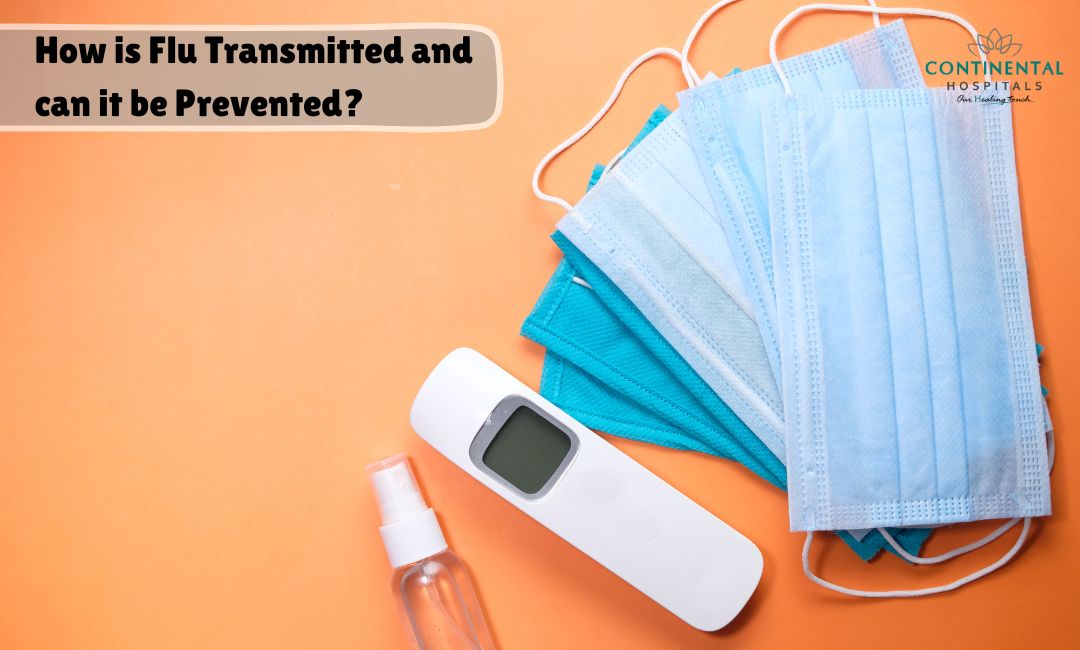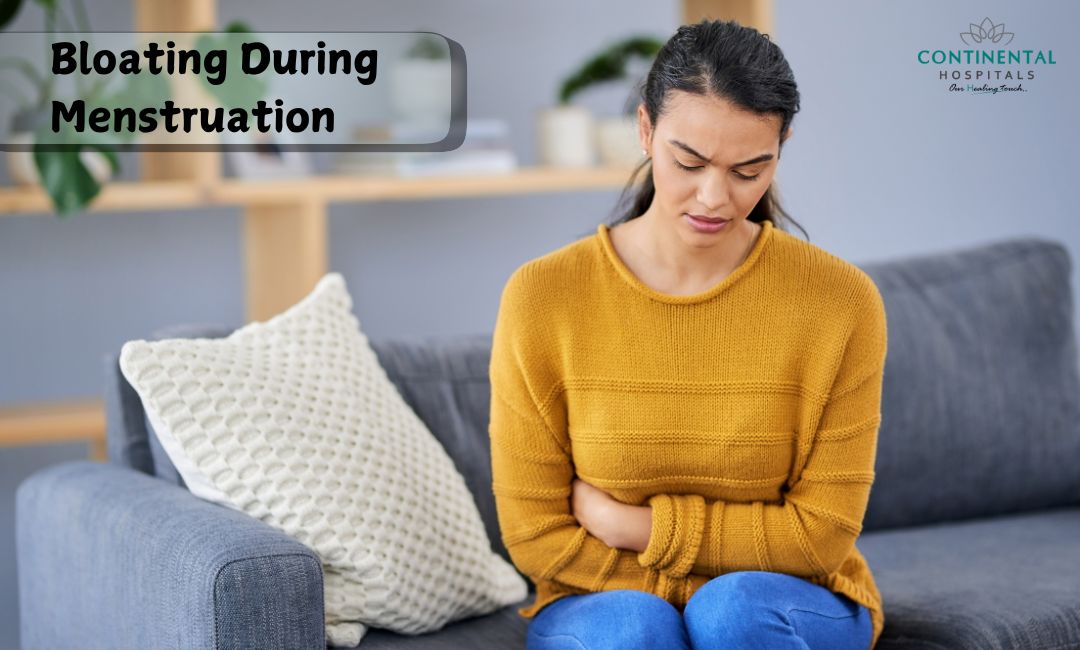World Osteoporosis Day, celebrated on October 20th every year, is a global initiative that aims to raise awareness about osteoporosis, a disease that weakens bones, making them fragile and more likely to break. In 2024, the theme for World Osteoporosis Day continues to focus on the importance of prevention, diagnosis, and treatment to ensure strong bones and a healthy lifestyle.
Understanding Osteoporosis
Osteoporosis is often called the “silent disease” because it develops gradually over time, and people may not realize they have it until a bone fractures. It occurs when the bone tissue is broken down faster than it is rebuilt, leading to porous and weakened bones. Osteoporosis is a major public health issue worldwide, affecting millions of individuals, particularly postmenopausal women and older men.
Key Statistics:
- Osteoporosis affects over 200 million people globally.
- One in three women and one in five men over the age of 50 will experience osteoporotic fractures.
- Fragility fractures due to osteoporosis occur every 3 seconds worldwide.
Causes and Risk Factors of Osteoporosis
Understanding the risk factors that contribute to osteoporosis is crucial for prevention. The causes of osteoporosis can be both preventable and unavoidable.
Age: As we age, bones naturally lose density and strength. This loss accelerates in women after menopause due to decreased estrogen levels.
Gender: Women are more prone to osteoporosis due to smaller bone size and hormonal changes. Men, however, are not immune and also face a risk of osteoporosis as they age.
Family History: If your parents or siblings have osteoporosis or fractures, your chances of developing the condition are higher.
Nutrition: Poor nutrition, especially diets low in calcium and vitamin D, leads to decreased bone mass. Vitamin D helps the body absorb calcium, essential for bone health.
Physical Inactivity: A sedentary lifestyle weakens bones over time. Weight-bearing and strength-training exercises are vital for maintaining bone density.
Smoking and Alcohol: Excessive smoking and alcohol consumption can interfere with the body's ability to absorb calcium and form new bone tissue.
Medical Conditions and Medications: Chronic diseases like rheumatoid arthritis, hyperthyroidism, or long-term use of corticosteroids can contribute to bone loss.
Symptoms of Osteoporosis
Osteoporosis progresses silently and typically presents no symptoms until a fracture occurs. Some potential warning signs may include:
- Back pain caused by a fractured or collapsed vertebra.
- Loss of height over time.
- A stooped posture.
- Bones that break more easily than expected.
These fractures often occur in the spine, hips, and wrists, but can affect other bones as well. Spinal fractures can be particularly dangerous as they can lead to chronic pain, disability, and loss of independence.
Prevention of Osteoporosis
Although osteoporosis can be managed, the best approach is prevention through lifestyle changes and early interventions. These steps can help reduce the risk of developing osteoporosis:
Adequate Calcium Intake: Calcium is the building block of bone. Adults need 1,000 mg to 1,200 mg of calcium daily, which can be obtained from dairy products, leafy greens, or supplements if necessary.
Vitamin D: Vitamin D helps your body absorb calcium. Sunlight exposure and vitamin D-rich foods like fatty fish or fortified dairy products can provide adequate levels.
Regular Exercise: Engaging in weight-bearing activities such as walking, jogging, and strength training can help build and maintain bone density. Exercise also improves balance, reducing the risk of falls and fractures.
Avoid Smoking and Limit Alcohol: Smoking has been shown to decrease bone mass, and heavy alcohol use can increase the risk of osteoporosis.
Healthy Diet: A balanced diet rich in fruits, vegetables, and protein supports bone health. Protein is essential for muscle strength, which can prevent falls and fractures.
Bone Density Testing: Regular bone density tests (DEXA scans) are recommended for older adults and those at high risk for osteoporosis. Early detection allows for timely treatment to prevent fractures.
Treatment Options for Osteoporosis
For individuals diagnosed with osteoporosis, several treatment options are available to strengthen bones and reduce fracture risk:
Medications:
-
- Bisphosphonates: These are the most commonly prescribed medications to slow bone loss and reduce fracture risk.
- Denosumab: An injectable treatment that works by slowing down the breakdown of bone.
- Hormone Therapy: For postmenopausal women, hormone replacement therapy (HRT) can help maintain bone density, though it carries some risks.
- Selective Estrogen Receptor Modulators (SERMs): These medications mimic estrogen's effects on bone to slow bone loss.
Calcium and Vitamin D Supplements: If dietary intake is insufficient, supplements may be recommended to ensure bones get the necessary nutrients.
Lifestyle Changes: Doctors often recommend incorporating weight-bearing exercises, quitting smoking, and reducing alcohol consumption to improve bone health.
Fall Prevention: Since fractures in osteoporosis patients often occur from falls, making homes fall-proof by removing tripping hazards, installing grab bars, and using proper lighting can significantly reduce fracture risk.
Global Impact of Osteoporosis
Osteoporosis has a significant socio-economic impact, with healthcare systems bearing the cost of treating fractures and long-term disability. The economic burden of osteoporosis-related fractures is immense, affecting not only the patient but also caregivers and society as a whole.
Osteoporosis is a preventable and treatable disease, but it requires awareness and proactive measures. On World Osteoporosis Day 2024, the global community comes together to highlight the importance of maintaining bone health throughout life. By promoting education, prevention, and early diagnosis, we can reduce the incidence of fractures, improve quality of life for millions of people, and build a healthier, stronger world.
Related Blog Content:
.webp)







